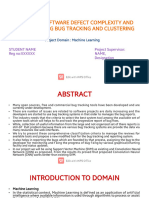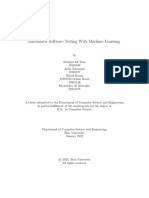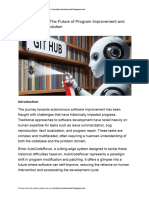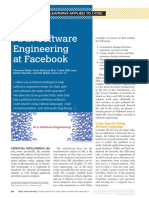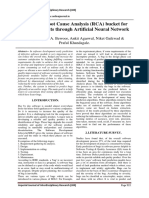0% found this document useful (0 votes)
5 views2 pagesBug Detection System Project
The document outlines an AI-Powered Bug Detection System aimed at automating the identification of software bugs through static and dynamic analysis using machine learning techniques. It details the tech stack, dataset sources, and potential demo ideas for implementation, emphasizing the importance of early bug detection in software projects. The structure for a related paper and presentation is also provided, covering various aspects from methodology to future work.
Uploaded by
Techno BusinessCopyright
© © All Rights Reserved
We take content rights seriously. If you suspect this is your content, claim it here.
Available Formats
Download as PDF, TXT or read online on Scribd
0% found this document useful (0 votes)
5 views2 pagesBug Detection System Project
The document outlines an AI-Powered Bug Detection System aimed at automating the identification of software bugs through static and dynamic analysis using machine learning techniques. It details the tech stack, dataset sources, and potential demo ideas for implementation, emphasizing the importance of early bug detection in software projects. The structure for a related paper and presentation is also provided, covering various aspects from methodology to future work.
Uploaded by
Techno BusinessCopyright
© © All Rights Reserved
We take content rights seriously. If you suspect this is your content, claim it here.
Available Formats
Download as PDF, TXT or read online on Scribd
/ 2

















